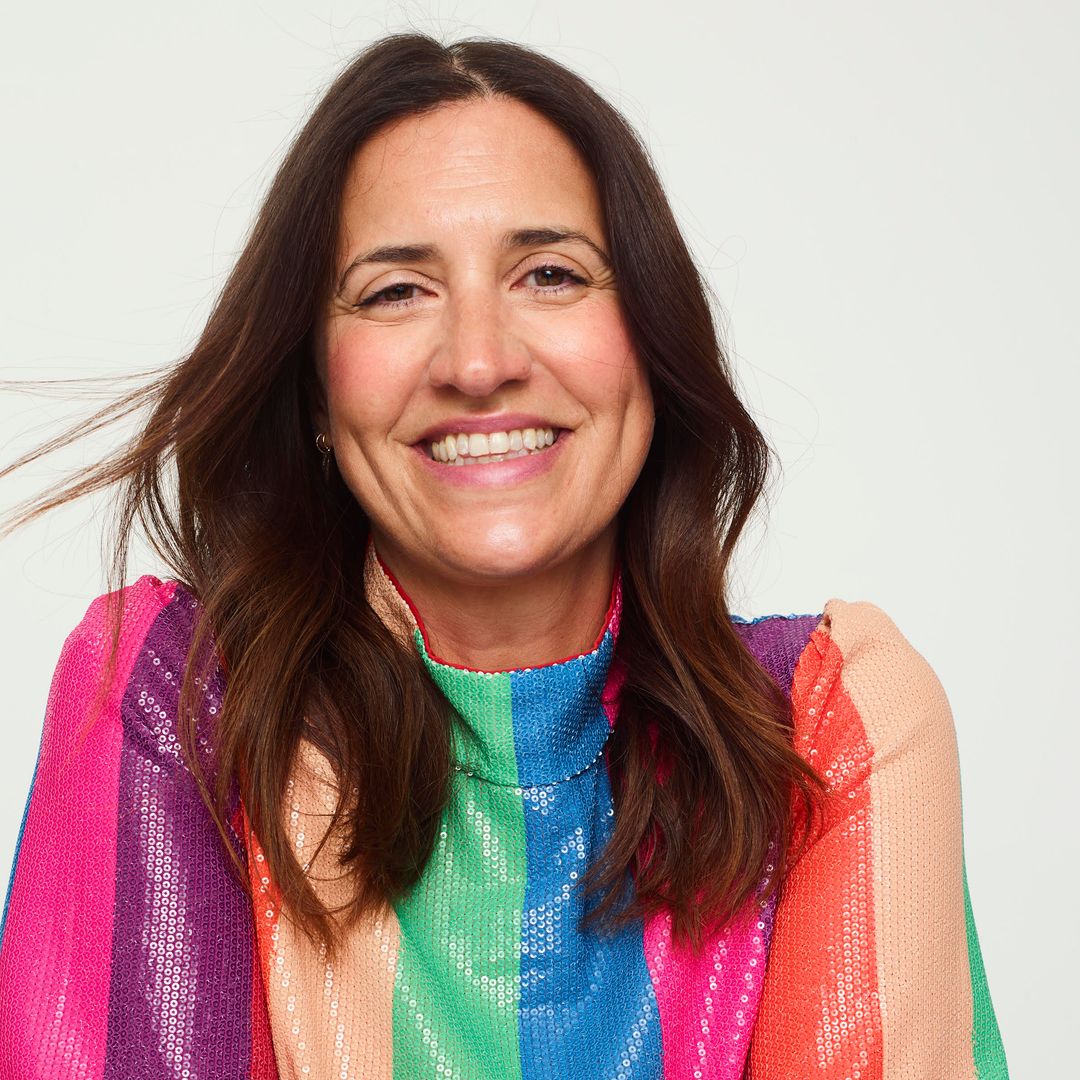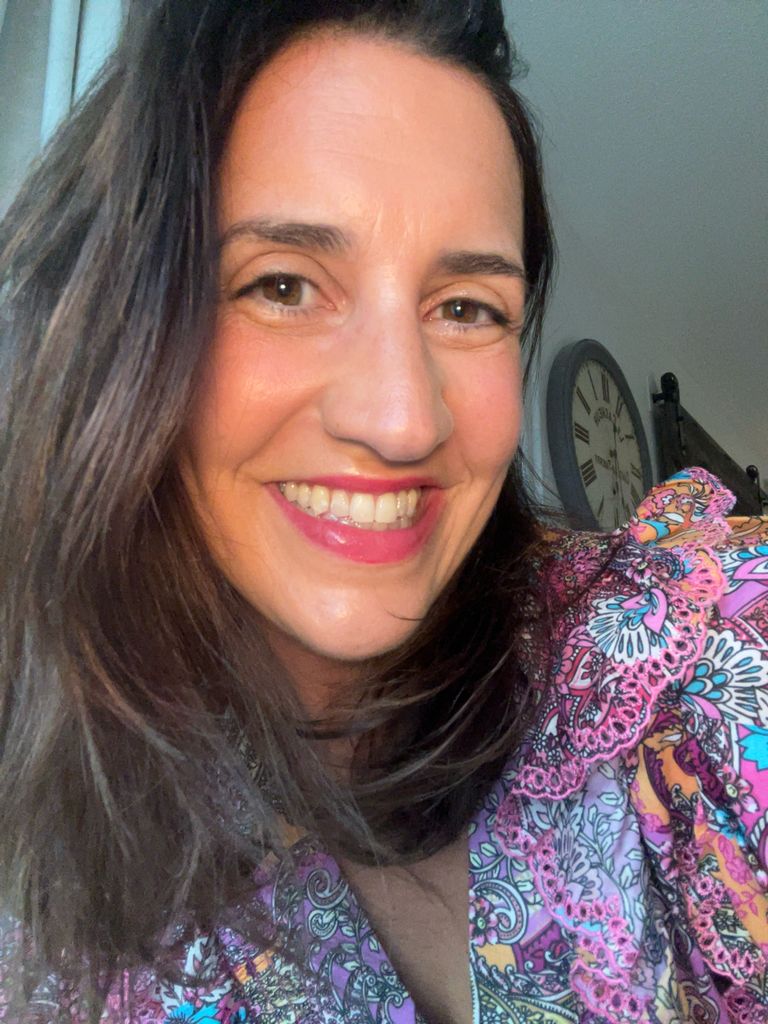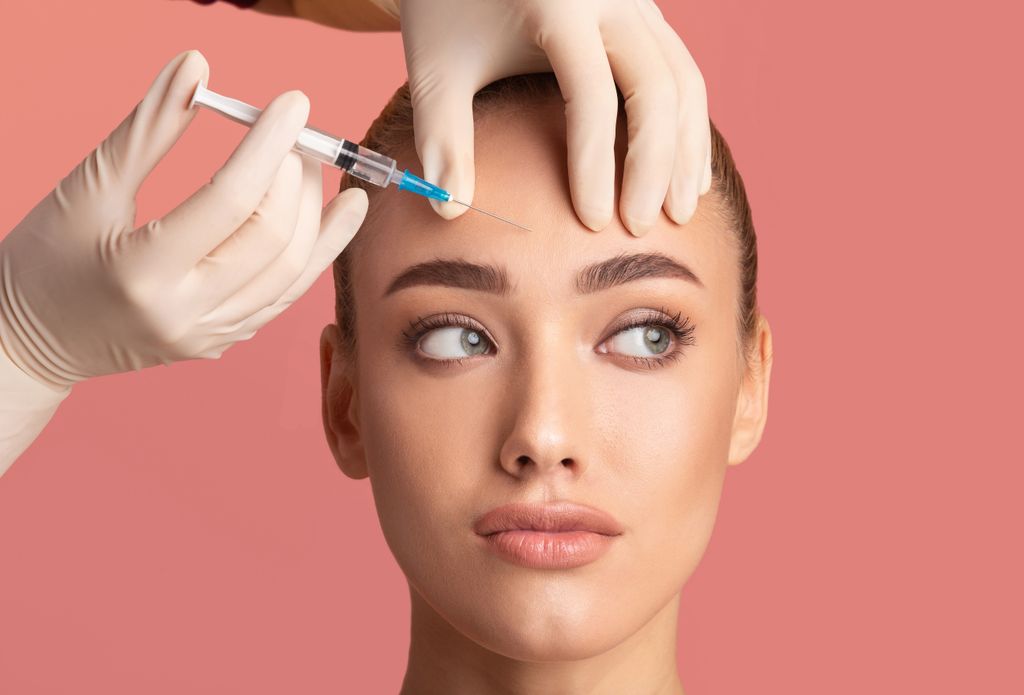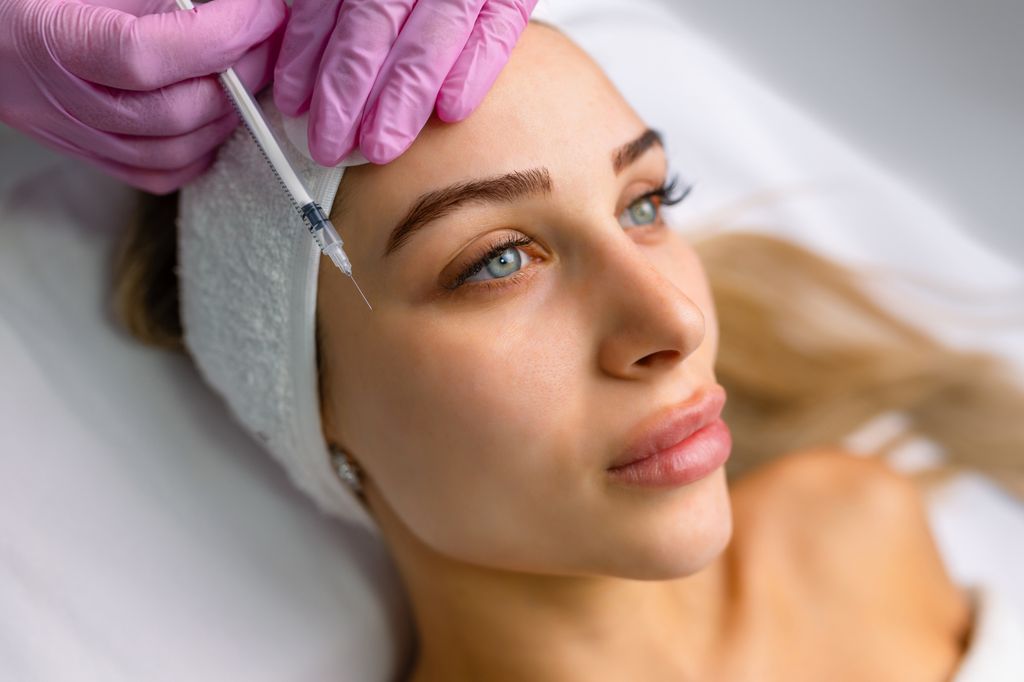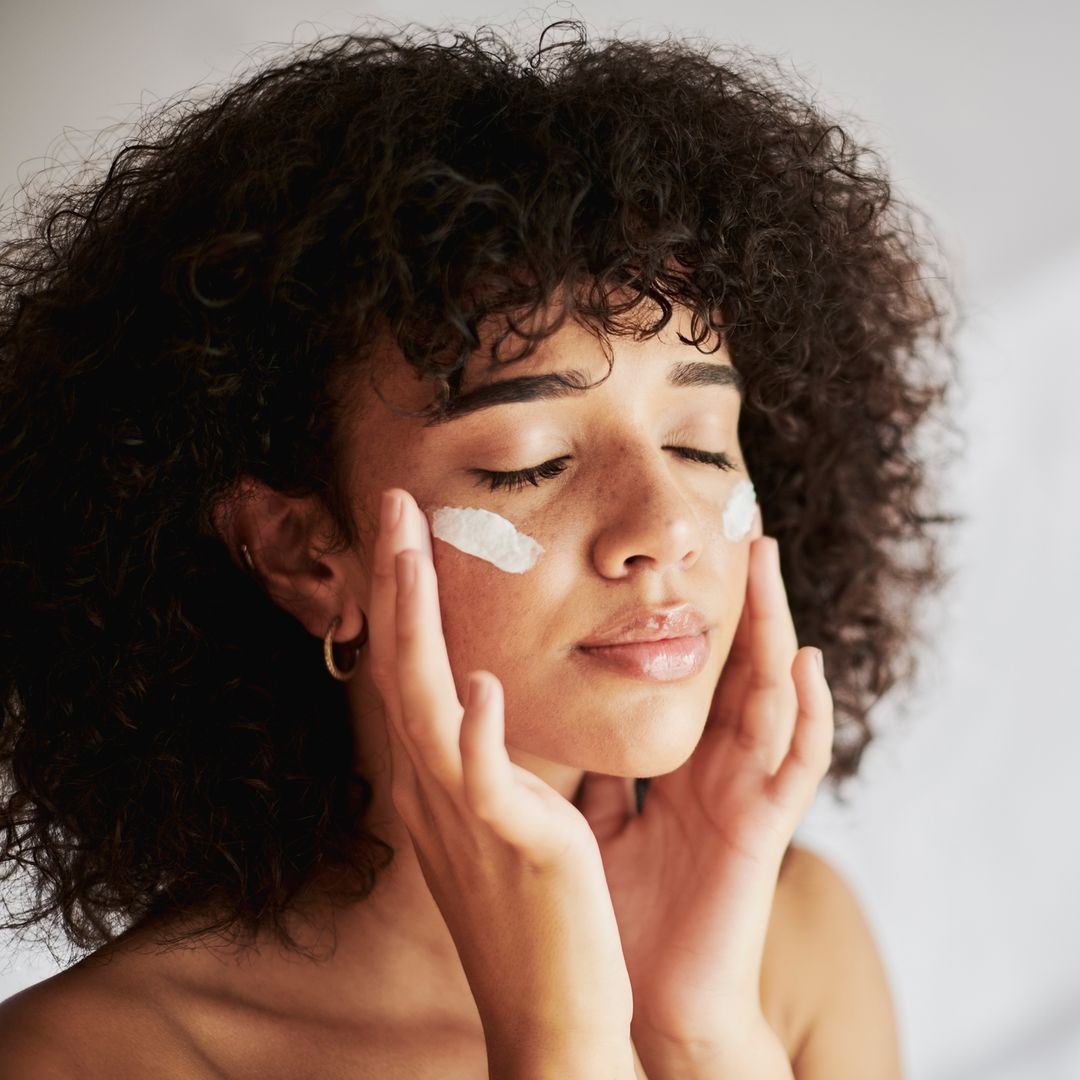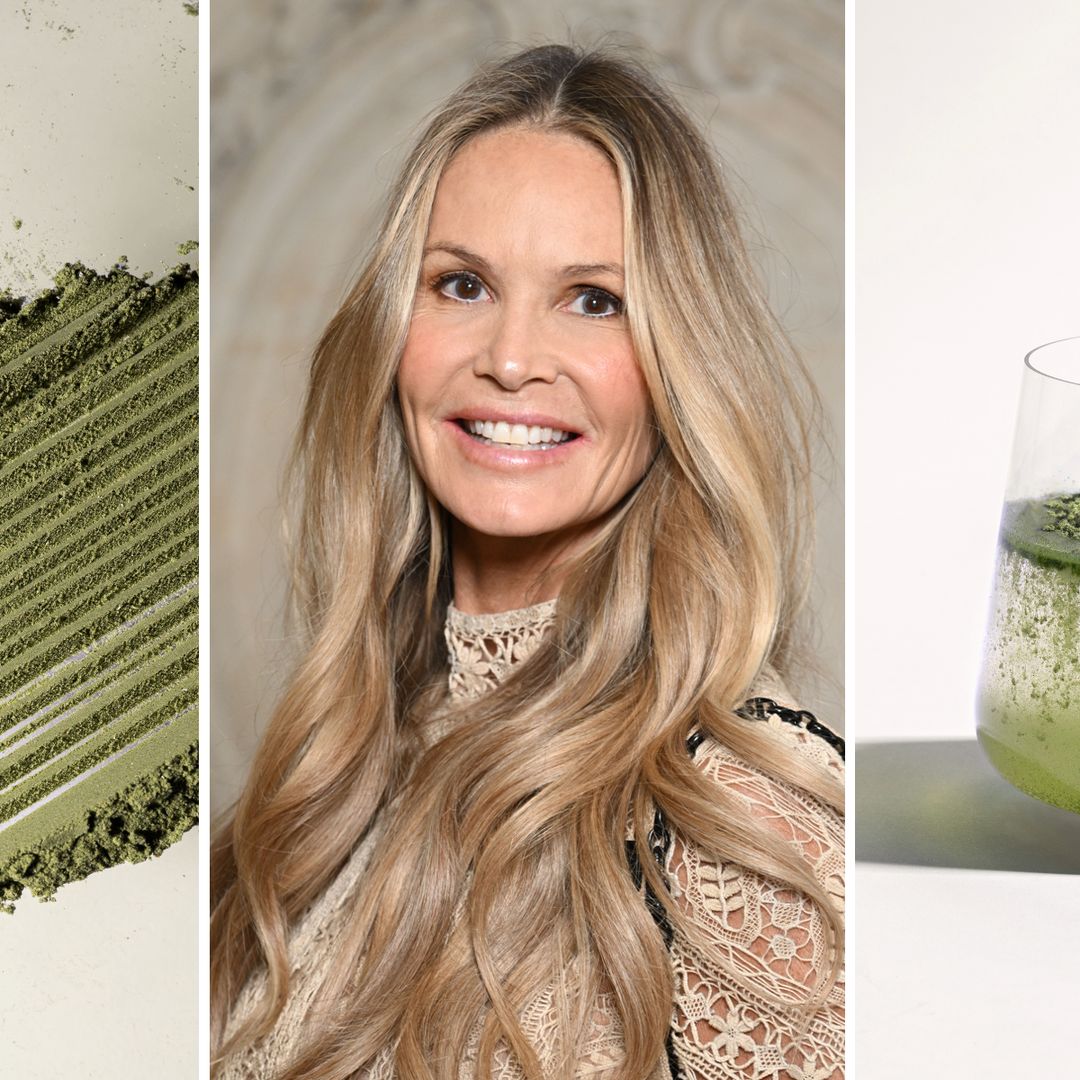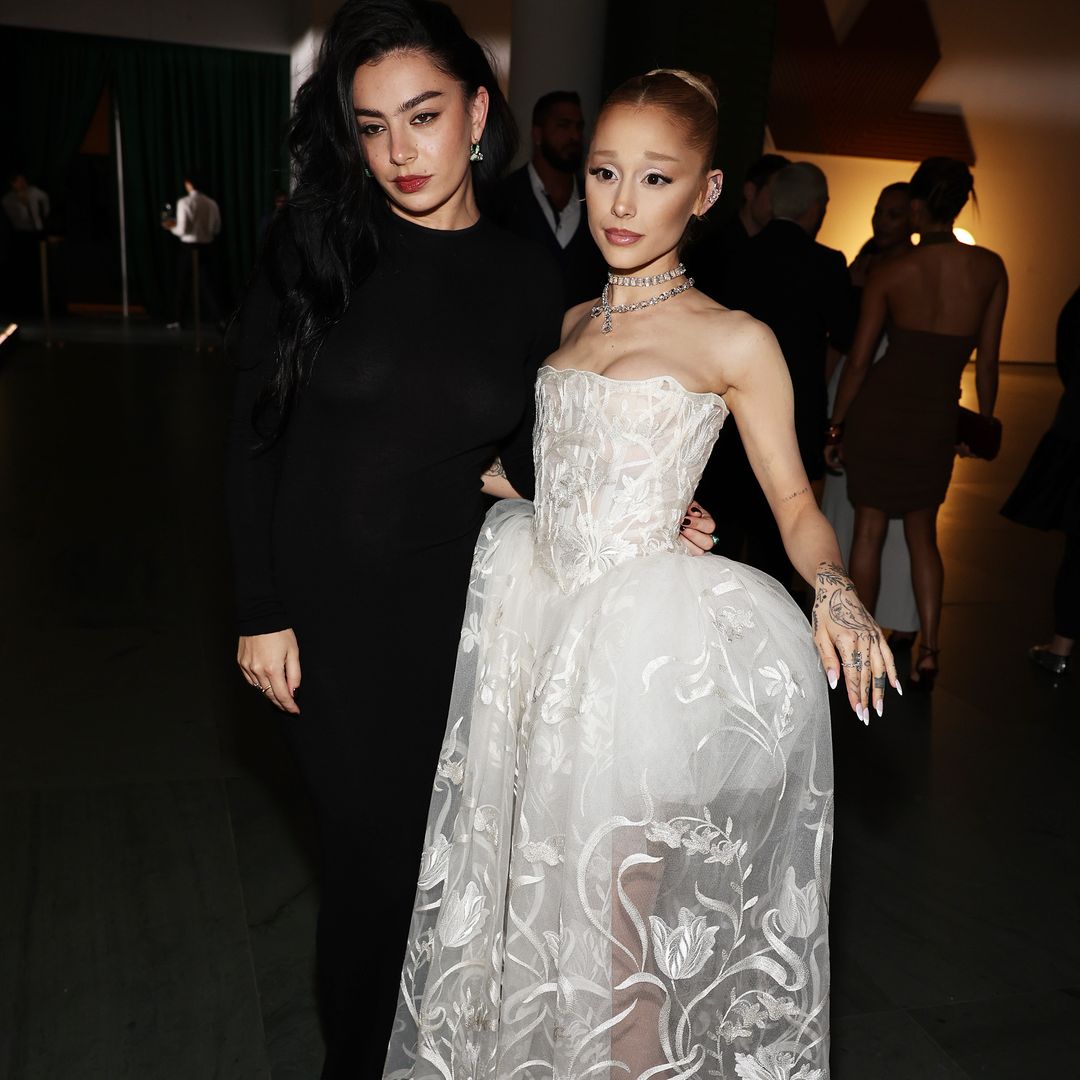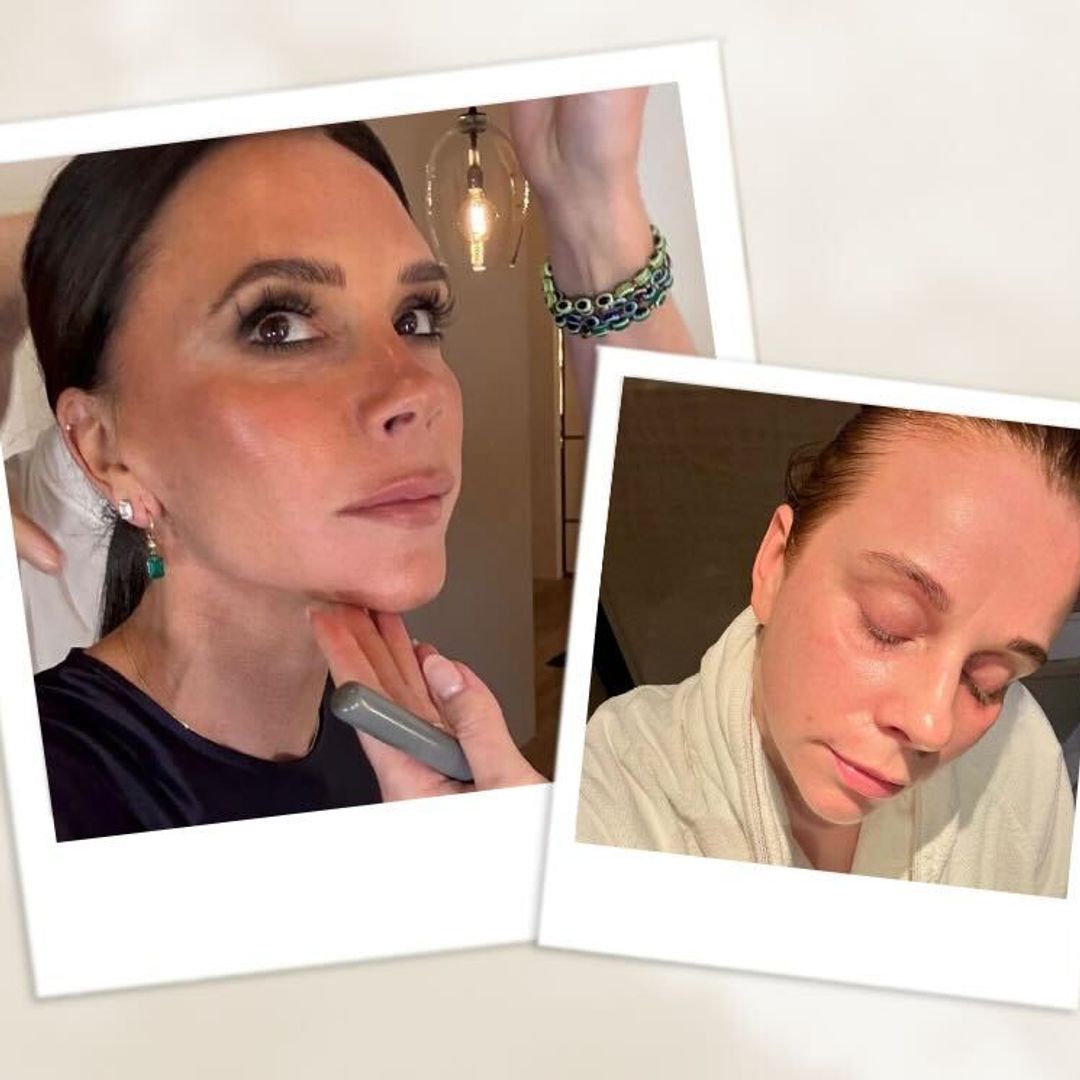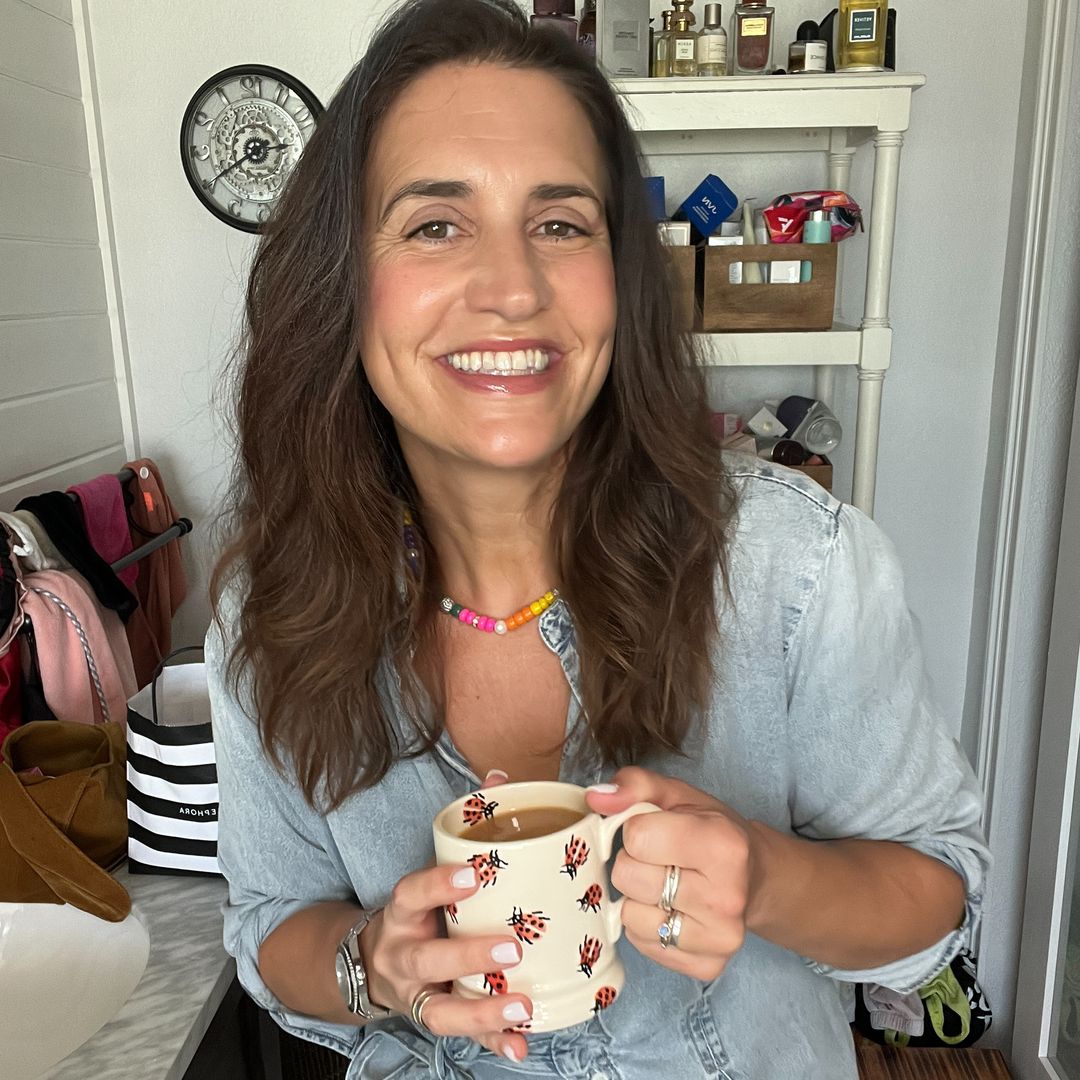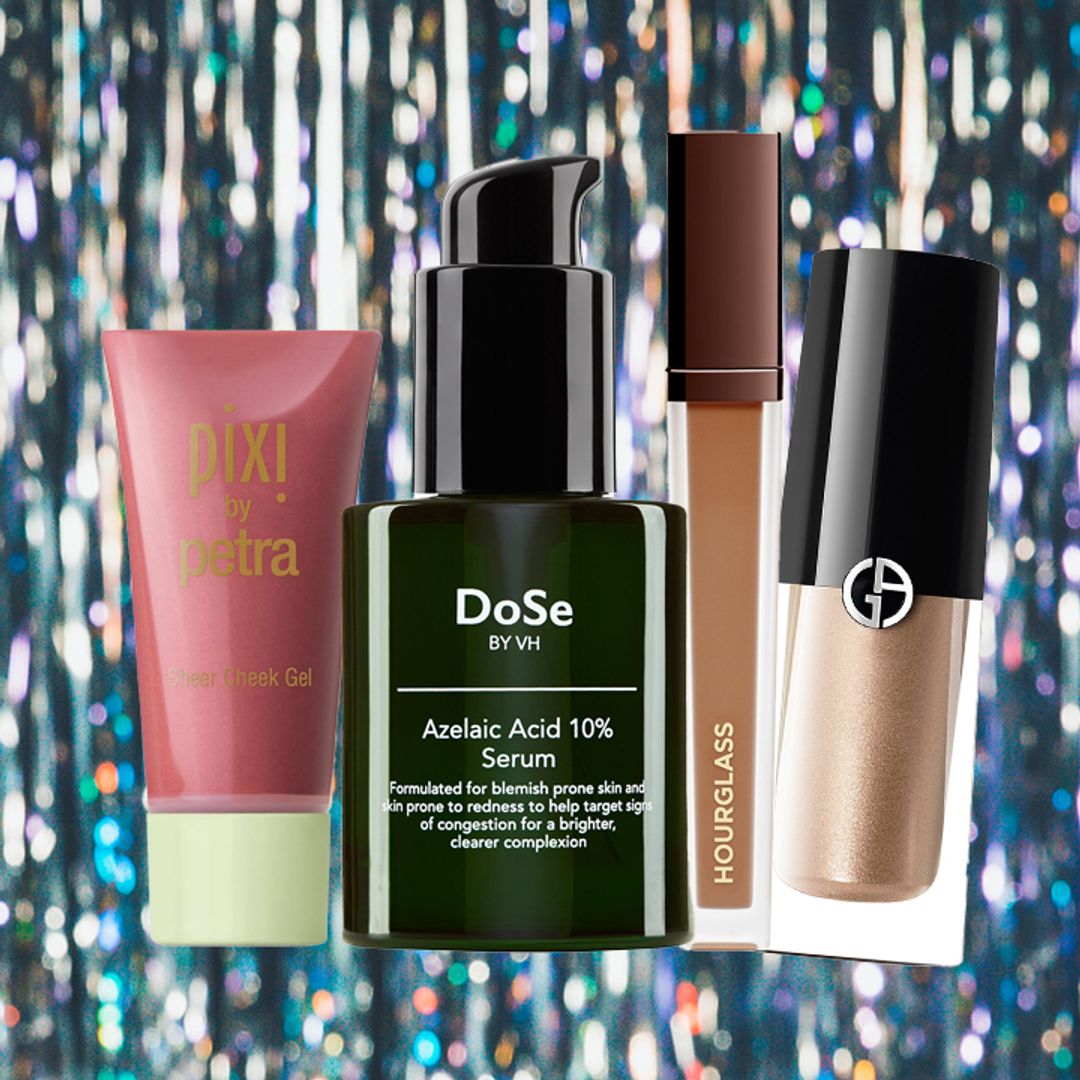As a 48-year-old Beauty Editor, I've spent years surrounded by the newest skincare innovations and products and countless hours in some of the world's leading aesthetic clinics. From lasers to peels, microneedling to dermaplaning - I've tested it all - but one thing I've never done is Botox.
Admittedly, and especially now that I'm approaching 50 and my forehead wrinkles are getting deeper and more pronounced, I have been tempted to try it out. The majority of my friends are doing it, and I'll admit that I am often envious of their smooth-as-a-marble skin and lifted brows.
It's not that I'm against Botox. Far from it. But I do fear that the smooth Botox-ed look will become the norm - the beauty standard to aspire to. And now that so many young people are choosing to take up 'prejuvenation' - the anti-aging trend which involves taking up Botox to stop wrinkles before they start - I believe that it's time for Botox to be regulated and to have an age limit.
The problem with 'prejuvenation'
From very early on in my career, I've been passionate about inspiring people to feel happy and authentic in their skin. Encouraging them to embrace and be grateful for what they have - whether it's wrinkles, freckles or a gap in their teeth. And this work led me to directing hundreds of unretouched photoshoots for a high-street beauty brand that celebrated real skin - every wrinkle and pore remained unretouched, unfiltered.
Which is why it was truly heartbreaking for me to discover that 27% of American patients receiving Botox last year were 34 or younger, according to survey data from the American Academy of Facial Plastic and Reconstructive Surgery. And as a mother of two teenagers, I have serious worries that if Gen X and Gen A are taking up trends such as prejuvenation, they are going to have a warped perspective on their self-image, especially as they age.
I recently spoke to Chloe Combi, co-founder of The Respect Project, an organisation that helps support teenagers grappling with issues of self-esteem, body image and mental health about my concerns. And she shared some scary facts including that in 2022, over 50k 'tweakments' such as Botox and filler, were carried out on under-18s in the UK, often by unlicensed practitioners.
Chloe, who is a renowned expert on Gen X and Gen A social issues, admits that helping the younger generation "feel better about their looks, bodies, well-being and mental health" is "one of the most important and necessary challenges we currently face."
As The Respect Project continues to grow, it has caught the attention of beauty leaders and this year, Cult Beauty announced its role as the founding sponsor of the initiative, signaling a positive shift in how the beauty industry approaches issues of self-image and mental health among young people.
Distorted self-awareness
The problem is that Gen Z and Gen A have become so used to staring at themselves on video calls, through filters, Tik Tok and Instagram reels that it has affected their self-image. And this distorted self-awareness has not gone unnoticed by experts and plastic surgeons either.
"I get younger patients complain to me almost daily about the 'wrinkles' they see when they look at themselves on their phone," explains Dr. Jimmy C. Sung, a Board-Certified Plastic & Reconstructive Surgeon and Medical Director of Tribeca Aesthetics in New York City. "And sometimes they get angry with me when I say that I cannot see any problems. It's not reality and I'm worried that they are never going to be happy."
Botox is like Tylenol
For those who swear by Botox, I totally get it as it can give you great results when used correctly. But we need to educate the younger generation that it's also not the route to healthy and glowing skin!
"Botox works like Tylenol masking a fever - it never addresses the cause of the fever," Dr. Sung explains. "Sunscreen and stimulating the fibroblasts are key to generating collagen and elastin and that's where the beauty of non-invasive, regenerative treatments like lasers comes into play."
"We can use sound, light, radiofrequency, or plasma energy to stimulate the fibroblast cells that produce collagen and elastin. These treatments don’t rely on toxins or chemicals. Instead, they stimulate your body’s natural healing process."
Benefits of energy treatments
Dr. Sung described energy treatments as a 'workout for the skin'. "Every time you go to the gym, your body gets microtraumas, and those microtraumas trigger the process of regeneration. It's the same with energy devices—they cause microtraumas to your skin, which prompt your body to produce more collagen and elastin. The real result shows up in two to three months when the new collagen is fully formed."
For me, at 48, I'm happier focusing on keeping my skin healthy and strong with these kind of regenerative treatments, and yes - plenty of SPF. I recently had Sofwav and loved the way it made my skin glow - I've had many compliments about it too.
And while I’ll never say never, for now I'm staying Botox free. I want to show my kids, their friends and the next generation that it's okay for skin to have flaws and wrinkles.
